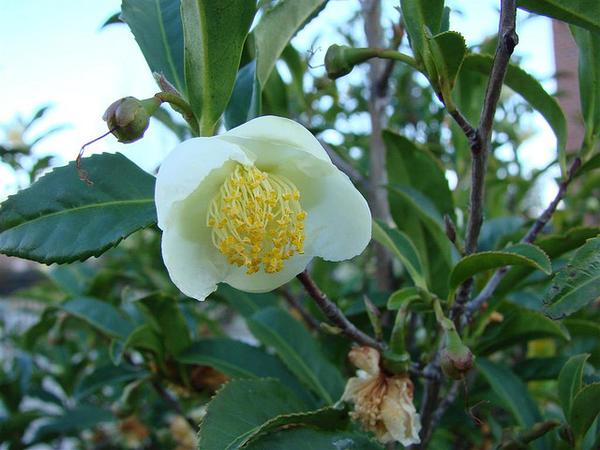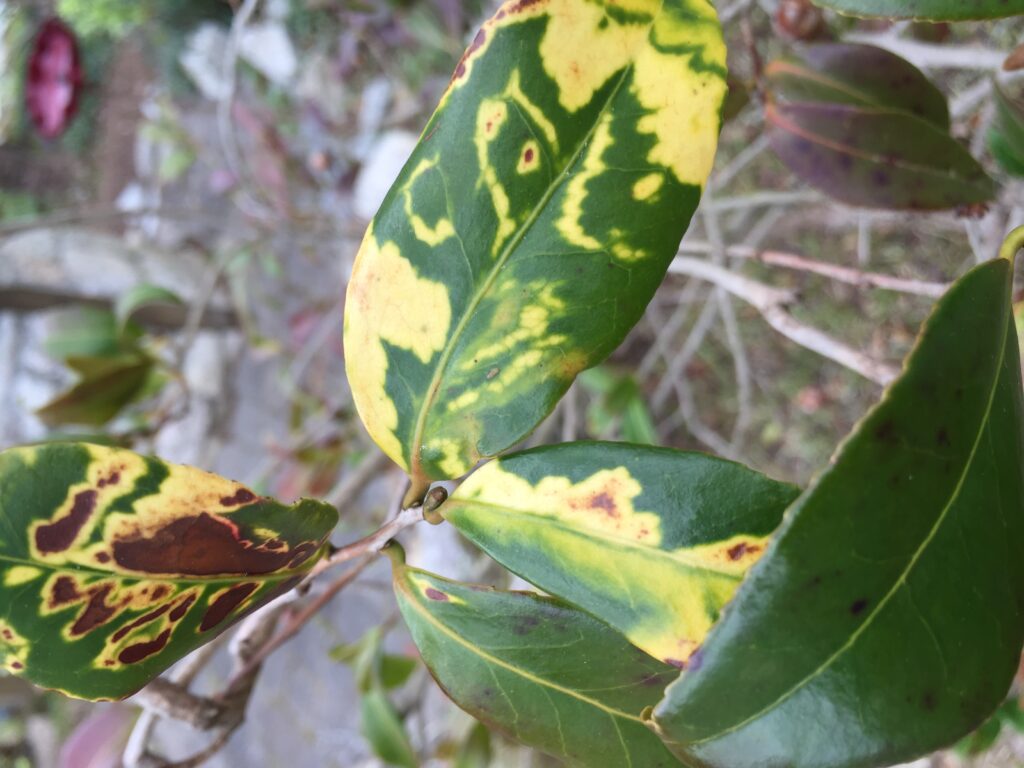Growing Tea at Home
go.ncsu.edu/readext?1072571
en Español / em Português
El inglés es el idioma de control de esta página. En la medida en que haya algún conflicto entre la traducción al inglés y la traducción, el inglés prevalece.
Al hacer clic en el enlace de traducción se activa un servicio de traducción gratuito para convertir la página al español. Al igual que con cualquier traducción por Internet, la conversión no es sensible al contexto y puede que no traduzca el texto en su significado original. NC State Extension no garantiza la exactitud del texto traducido. Por favor, tenga en cuenta que algunas aplicaciones y/o servicios pueden no funcionar como se espera cuando se traducen.
Português
Inglês é o idioma de controle desta página. Na medida que haja algum conflito entre o texto original em Inglês e a tradução, o Inglês prevalece.
Ao clicar no link de tradução, um serviço gratuito de tradução será ativado para converter a página para o Português. Como em qualquer tradução pela internet, a conversão não é sensivel ao contexto e pode não ocorrer a tradução para o significado orginal. O serviço de Extensão da Carolina do Norte (NC State Extension) não garante a exatidão do texto traduzido. Por favor, observe que algumas funções ou serviços podem não funcionar como esperado após a tradução.
English
English is the controlling language of this page. To the extent there is any conflict between the English text and the translation, English controls.
Clicking on the translation link activates a free translation service to convert the page to Spanish. As with any Internet translation, the conversion is not context-sensitive and may not translate the text to its original meaning. NC State Extension does not guarantee the accuracy of the translated text. Please note that some applications and/or services may not function as expected when translated.
Collapse ▲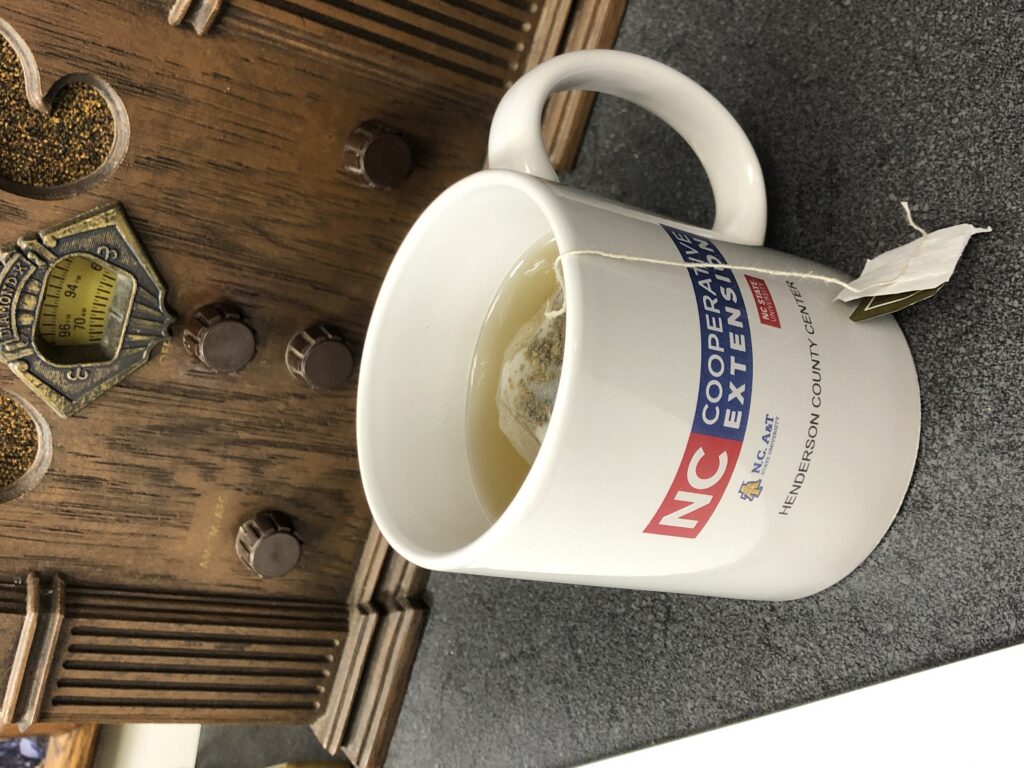 Have you ever wondered if you could grow your own tea? Believe it or not, you can grow a tea plant right at home. Tea comes from a shrub that with the proper care will grow in Henderson County.
Have you ever wondered if you could grow your own tea? Believe it or not, you can grow a tea plant right at home. Tea comes from a shrub that with the proper care will grow in Henderson County.
The shrub from which tea is harvested is called Camellia sinensis. There are two kinds of tea shrubs Camellia sinensis and Camellia sinensis var assamica. The Camellia sinensis is the more cold hardy of the two and likely the best choice for Western North Carolina.
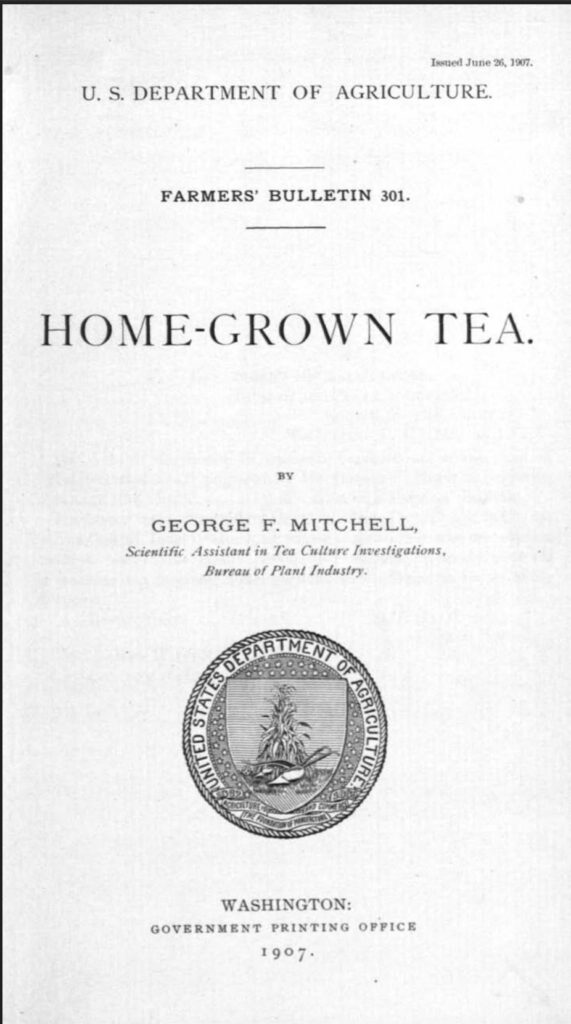
USDA homegrown tea flyer 1907. This flyer has lots of great information.
Growing a tea shrub is not difficult. Tea plants grow best in the USDA Hardiness Zones 7 through 9. We are in the in northern edge of Zone 7 in Henderson County so Camellia sinensis should survive our winters. However, as you climb in altitude or move north the climate gets colder making tea plants unlikely to survive the harshest winters.
Growing conditions for tea plants are very much the same as blueberries; they like ample water but well drained soils. They can tolerate some shade but prefer full sun. The plants need acidic soils so some manipulation of the soil towards acidity may be necessary. If you can grow blueberries then you can grow tea!
Pests like aphids and scale can be a problem but are easily dealt with if caught early. Treatments with biorational insecticides are acceptable when plants are too young to harvest. Pesticides should be avoided when plants are near to harvest. Weeds should be controlled in plantings to reduce competition for nutrients and water. There are biorational herbicides available as well.
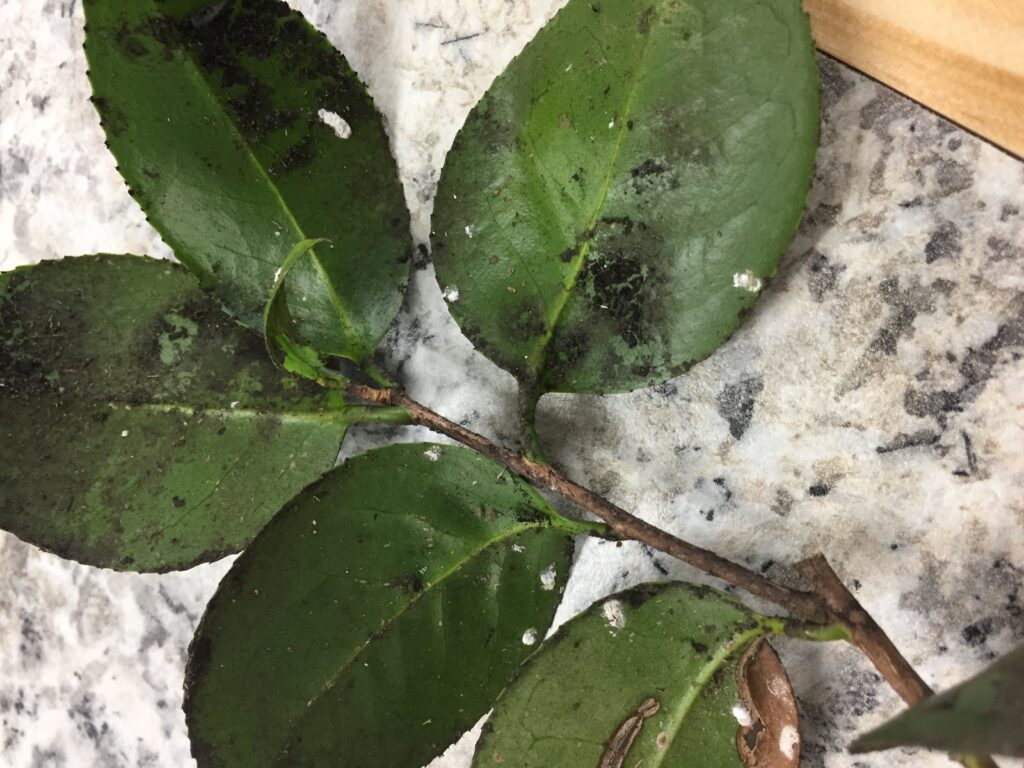
Camellia scale insects are a common pest. The insects are found on the underside of the leaves and are associated with sooty mold.
Pruning tea shrubs should be performed frequently to induce branching. The more branch tips you have, the more tea you can harvest. Pinching branch tips induces branching to increase the number of harvestable leaves produced.
Tea harvest consists of plucking two leaves and a bud off each young branch. Leaves are dried, rolled then cut to produce tea for table use. As long at the tea stays dry it should last for months. Learn more about processing tea leaves at this University of Illinois website.
Commercial tea production is labor intensive, costly and special knowledge is needed. If you are interested in learning more about growing tea commercially contact Henderson County Extension Agent Steve Pettis .
There is actually a tea farm in the area! Table Rock Tea Company offers locally grown tea and agritourism farm tours.
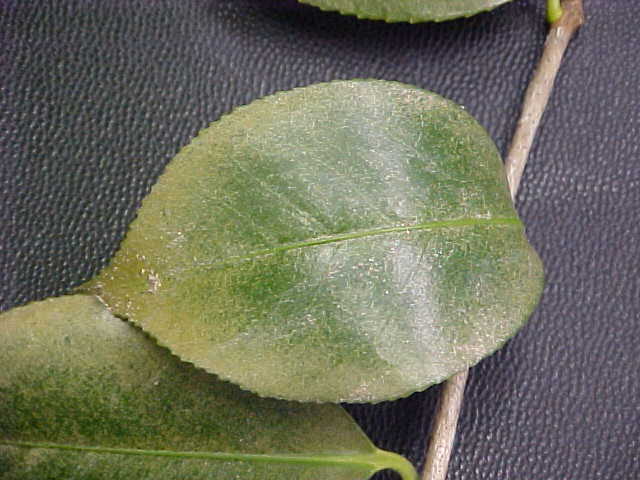
Spider mites on camellia.
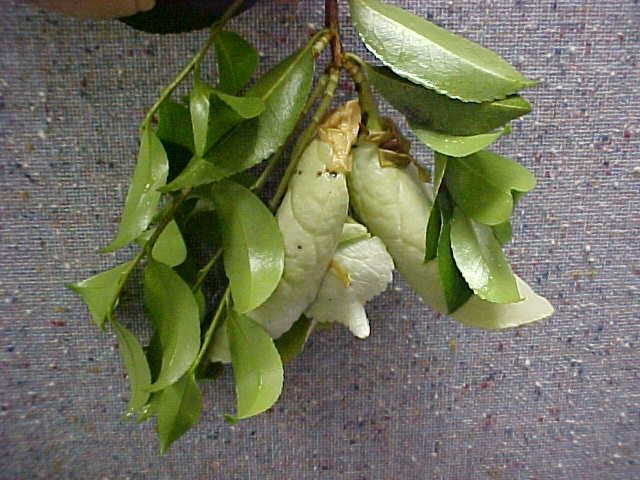
Camellia leaf gall fungus turns leaves in to virtual mushrooms.





